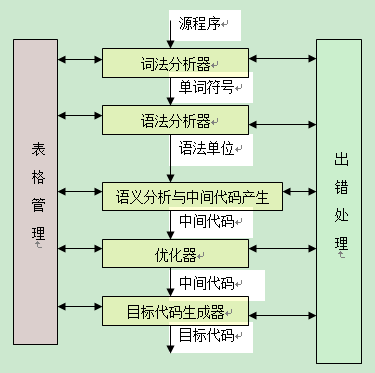I'm trying to use socks5 proxy on my remote driver which is hosted as a docker container on port 4444.
here is code-sample:
from selenium import webdriver
opts = webdriver.ChromeOptions()
opts.add_argument("--no-sandbox")
opts.add_argument("--disable-dev-shm-usage")
opts.add_argument("--proxy-server=socks5://127.0.0.1:9050")
driver = webdriver.Remote(command_executor="http://localhost:4444/wd/hub", desired_capabilities=opts.to_capabilities())
Then, when I try to open any page, I get error stating Check your proxy settings or contact your network administrator.
While using same code sample on regular proxy – it works just fine.
When I do bold request through 9050 port – it works just fine.
And finally, when I use same code sample with webdriver.Chrome instead of webdriver.Remote it works fine!
I would appreciate any suggestions to make things work through Remote webdriver.
UPDATE:
I'm using selenium==3.14.0 and RemoteDriver is getting docker image selenium/node-chrome-debug:3.141.59-radium.
For macOS and Windows you can use host.docker.internal to access local host from container:
from selenium import webdriver
opts = webdriver.ChromeOptions()
opts.add_argument("--no-sandbox")
opts.add_argument("--disable-dev-shm-usage")
opts.add_argument("--proxy-server=socks5://host.docker.internal:9050")
driver = webdriver.Remote(command_executor="http://localhost:4444/wd/hub", desired_capabilities=opts.to_capabilities())
driver.get("http://jsonip.com/")
print(driver.find_element_by_css_selector("html").text)
driver.quit()
Here is how selenium hub works with tor proxy. You can create network in docker, attach containers to it and then use container name to proxy host:
docker network create mynetwork
docker run -it -p 8118:8118 -p 9050:9050 --name tor-proxy -d dperson/torproxy
docker run -d -p 4444:4444 --name selenium-hub -v /dev/shm:/dev/shm selenium/standalone-chrome:3.141.59-yttrium
docker network connect mynetwork hub
docker network connect mynetwork tor-proxy
Here same example using docker compose:
version: '3.5'
services:
tor-proxy:
image: dperson/torproxy
container_name: tor-proxy
ports:
- "8118:8118"
- "9050:9050"
networks:
- mynetwork
selenium-hub:
image: selenium/standalone-chrome:3.141.59-yttrium
container_name: selenium-hub
ports:
- "4444:4444"
networks:
- mynetwork
networks:
mynetwork:
name: mynetwork
driver: bridge
Python Code:
from selenium import webdriver
opts = webdriver.ChromeOptions()
opts.add_argument("--no-sandbox")
opts.add_argument("--disable-dev-shm-usage")
opts.add_argument("--proxy-server=socks5://tor-proxy:9050")
driver = webdriver.Remote(command_executor="http://localhost:4444/wd/hub", desired_capabilities=opts.to_capabilities())
driver.get("http://jsonip.com/")
print(driver.find_element_by_css_selector("html").text)
driver.quit()
Result:
{"ip":"18.27.197.252","about":"https://jsonip.com/about","Pro!":"http://getjsonip.com","Get
Notifications": "https://jsonip.com/notify"}
Process finished with exit code 0
Run same code again:
{"ip":"178.165.72.177","about":"https://jsonip.com/about","Pro!":"http://getjsonip.com","Get
Notifications": "https://jsonip.com/notify"}
Process finished with exit code 0
I suggest you to add the configuration of your proxy in docker config.json file:
{
"proxies":
{
"default":
{
"httpProxy": "socks5://127.0.0.1:9050",
"httpsProxy": "socks5://127.0.0.1:9050"
}
}
}
and remove it from your python script




